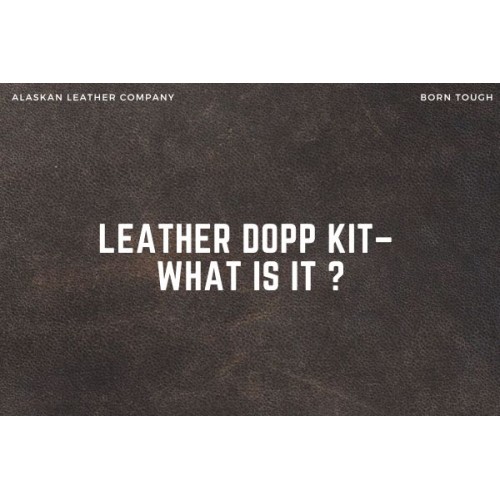Anyone with interest in leather products and how they are manufactured is normally concerned on the authenticity of the leather. Leather is a genuine gift of nature with its natural strength and vibrancy being an obvious source of attraction that makes people prefer it over other sorts of materials. However, with the advent of commercialization, more and more alternatives are available that look similar and have real leather feel but in reality, are a cheap substitute that are not durable at all. A person can easily buy a glossy looking item claimed to be made of leather which in reality is not real, high quality leather but in fact a cheap substitute which can depreciate very quickly overtime.
In this blog, we will touch upon some of the different types of leather used in the industry and how they are different in terms of their physical characteristics, durability, appearance and feel.
Full Grain Leather
Anyone who loves leather products must have come across this term as it is the layer of an animal hide just under the hair. This layer is the toughest and bears any scratch or other marks that an animal skin might have collected during the animal`s life. It is the toughest and, It`s not sanded or buffed to achieve smoothness and is the most original grain of leather which develops a natural patina over time.
It`s considered the highest quality of leather and used in producing the most durable leather products meant to last for a long period of time. Its natural characteristics give it a unique appearance overtime i.e. full grain leather ages beautifully.
Visit our store for a variety of different category of full grain leather bags.

Full Grain Leather Hide
Top Grain Leather:
This is the layer which arrives at once the very top is sanded and it has a much more uniform look. This is not to say that it's not durable. Its grain detail is not the same as is with the full grain section. Top grain leather has a smooth finish and touch as it`s grain has been corrected for natural marks or scratches that an animal hide may have acquired during an animal's life. Top grain leather is relatively easier to work with and is much preferred to make high quality leather products due to its uniform and softer nature while still maintaining much of the tear value of leather.
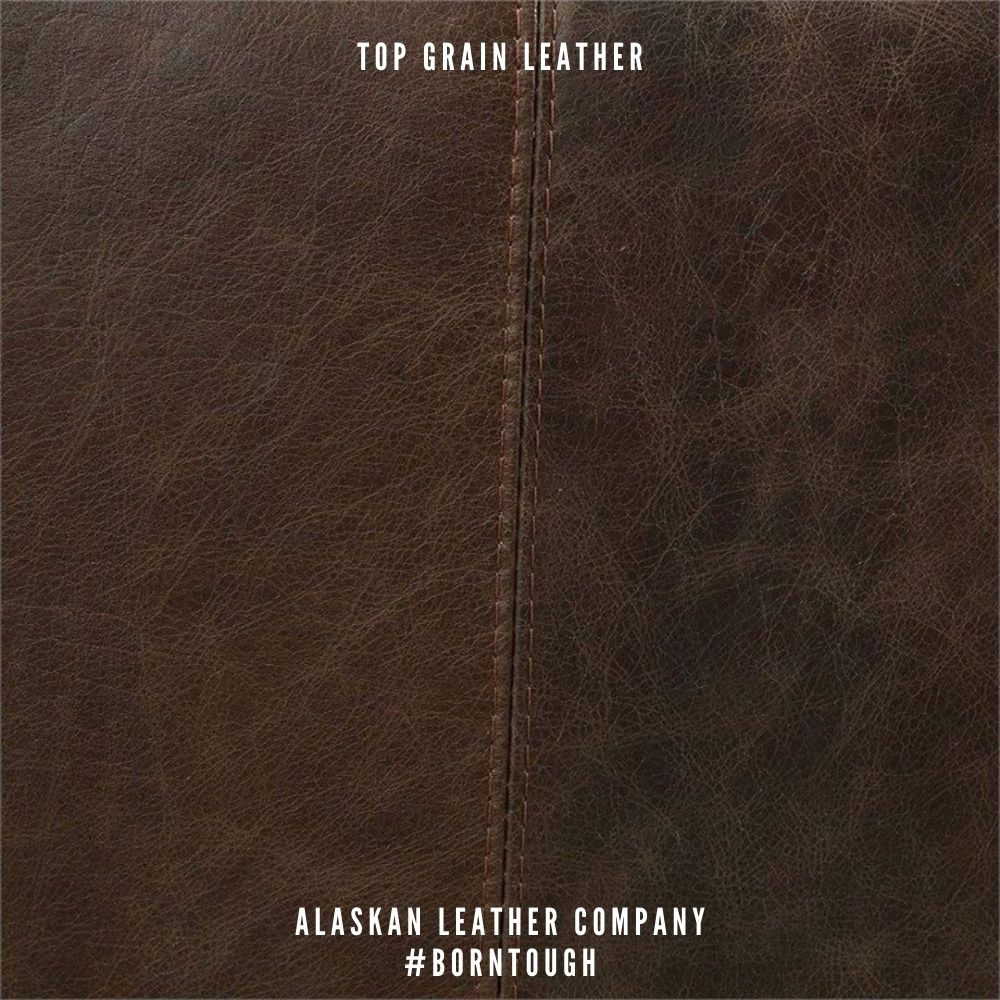
Top Grain Leather Hide
What`s the difference between Full Grain & Top Grain Leather
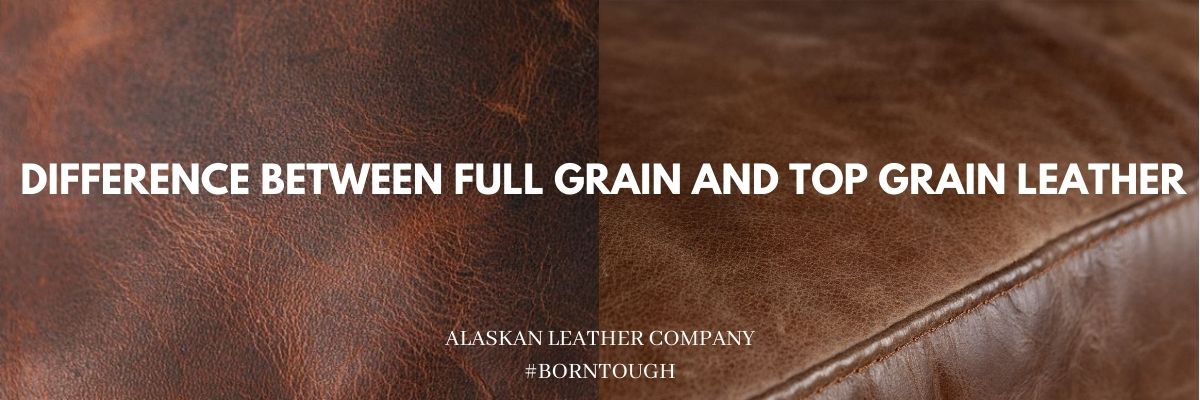
Both these sorts of leather are real leather however, full grain is the best grade and the most durable sort of leather. The difference between the two is that of sanding and buffing which removes or corrects the marks left on an animal skin and makes the hide smooth in appearance and feel. The toughness and durability aspect of a corrected hide is next to a full grain hide.
Both are real leather but the difference is that of sanding and buffing and no one can claim that they are artificial in any sort. However, both are aesthetically appealing in their own way and are thus used in manufacturing high quality leather jackets, bags, purses, shoes etc.
Split Grain
This is the weakest, lower part of the hide which is often embossed to give a shiny or grainy appearance but is infact not suitable for premium quality leather products due to its low tear value and lesser durability. It is achieved after splitting the leather hide and is the bottom most part. Industrial gloves and other such products are manufactured with this type of leather as it`s obviously much better than any synthetic leather and is abrasion resistant. This part of the hide is usually just above the flesh and below the full grain and best part of top grain.
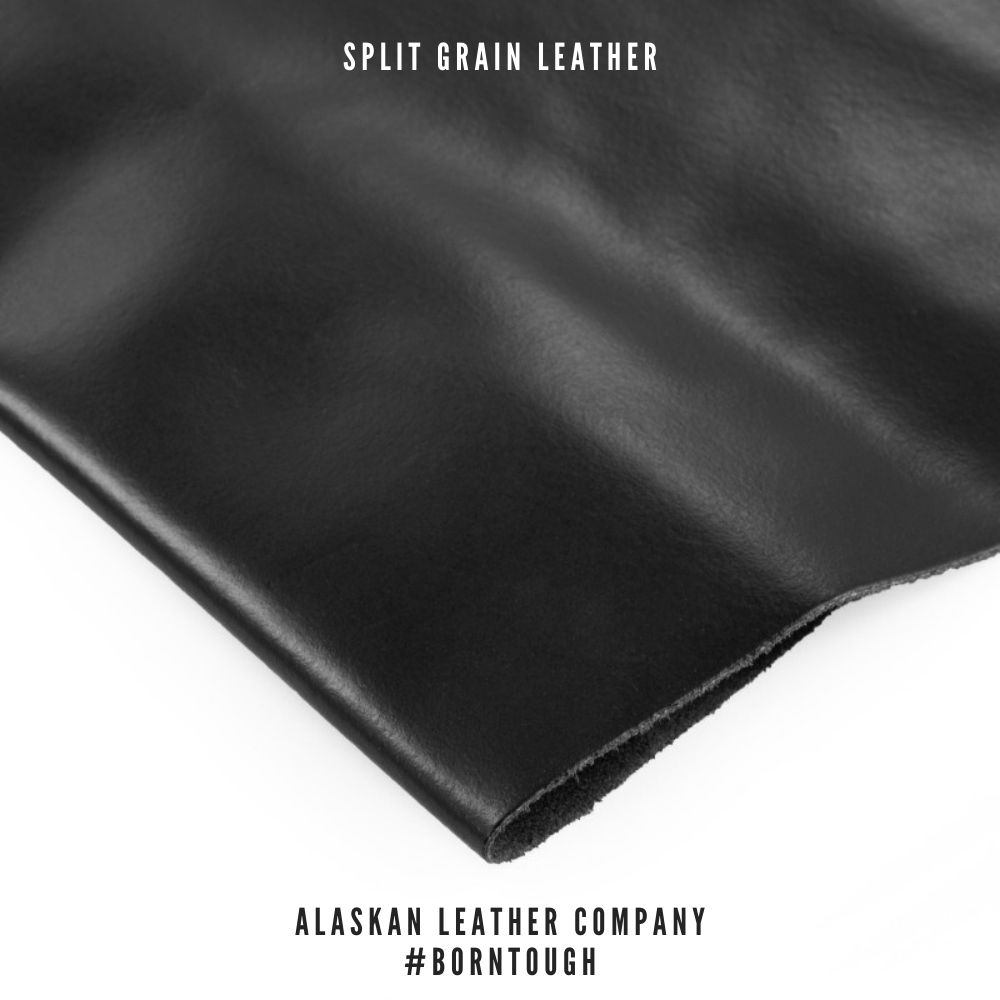
Split Grain Leather
Nubuck Leather
Nubuck is the velvet of leather. Nubuck leather is made from top grain leather. Initially produced with deer and elk hides, it`s now prepared of calfskin. Nubuck leather is sanded and buffed where the grain is, giving it a slight nap of fibres and bristles, turning it into a soft, velvety material which is similar to Suede but is actually Nubuck. Nubuck is a similar niche in the leather industry just as normal velvet is in the general apparel fashion industry.

Nubuck Leather Hide
Bonded Leather
As is apparent by its name, this type of leather is constituted using leather scrap, shredded and mixed with polyurethane or latex. The end result of this bonding can have leather fibers vary anywhere between 10% to 90% in the resultant final mesh. It must be obvious to you that this is not real leather but in fact made out of leather scrap pieces which are shredded, mixed with other substances and undergo a certain process to achieve a near synthetic product which is feasible in the production of support materials for different industries and not high end leather products. One positive of this product is that leather waste comes into manufacturing of an end product and is a sort of recycling process for leather scrap. This blending also allows many to call it `Blended Leather` or `Reconstituted Leather`.
Modern day embossing and coating techniques however have allowed for the manufacturing of glossy looking wallets, bags etc. which are actually manufactured using Bonded Leather as the base product but as bonded leather is much less durable and synthetic in nature, it`s much more stiff and not as flexible as natural leather and can wear off or show cracks after a little while.
Cost is the real positive of using bonded leather as it`s much cheaper while the leather waste resulting from mass production also comes into effective use.

Bonded Leather
Genuine Leather
While surfing the internet or checking shelfs to buy your next leather bag or jacket, there is a great deal of possibility that you might come across the term `Genuine Leather`, Why add the term, `Genuine` with leather when it should be either leather or not. Bear in mind that `Genuine Leather` is a descriptive term used to denote products made with lowest grades of leather which may be embossed or coated with colorful dyes to give a shiny and similar appearance to high quality leather touch. It may be made with bonded leather or other artificial material which has some degree of leather mixed with it to call it a leather product.
Similar examples from other industries may be, imitation jewelery which is either gold plated or has some degree of gold mixture being called `Genuine Gold` just to give buyer confident that he is buying something made of gold but in reality which is not 24 or 22 carat gold.
With the advent of commercialization, and ever growing world population and pressure on price, such alternatives serve customers who are happy with the apparent touch and feel of a product and are not so motivated on the product being long lasting.

Genuine Leather Sheet
Faux Leather
This is artificial leather in the pure sense and the use of the word leather with faux leather products is simply to enhance their image in the customer`s mind in terms of the qualities of real leather. They are normally synthetic or textile based products and having varying qualities and uses. Faux leather comes in handy to manufacture products with mass production needs having relative durability and original leather is not advisable to be used e.g. bike seats, car seats, furniture upholstery etc.
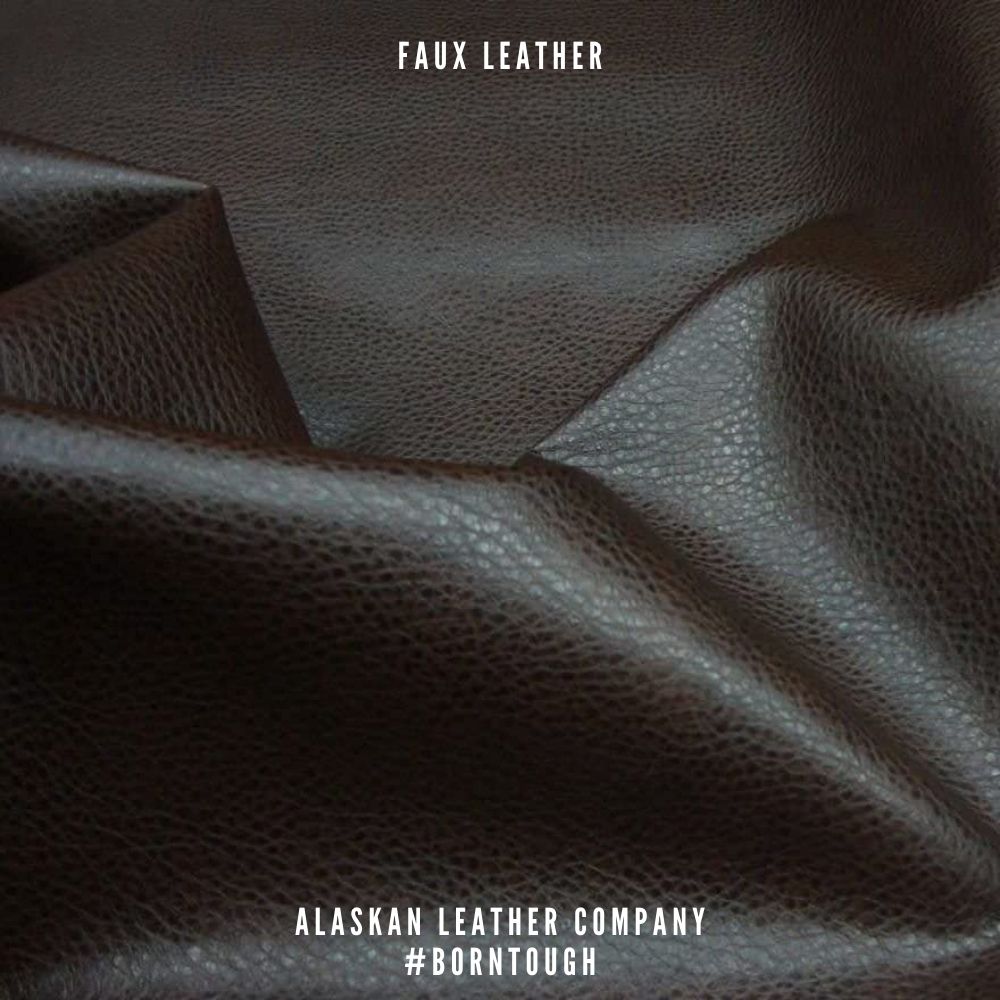
Faux Leather Sheet
Conclusion
On a concluding note, it is imperative for you to consider the price, smell and feel of leather before making a purchase decision as real leather products have a marked difference in terms of the above mentioned points. Plus, you may also check for a tag on the product mentioning the type of leather used in the product or simply inquire about it from the salesman and make a decision accordingly.

-500x500.jpg)
